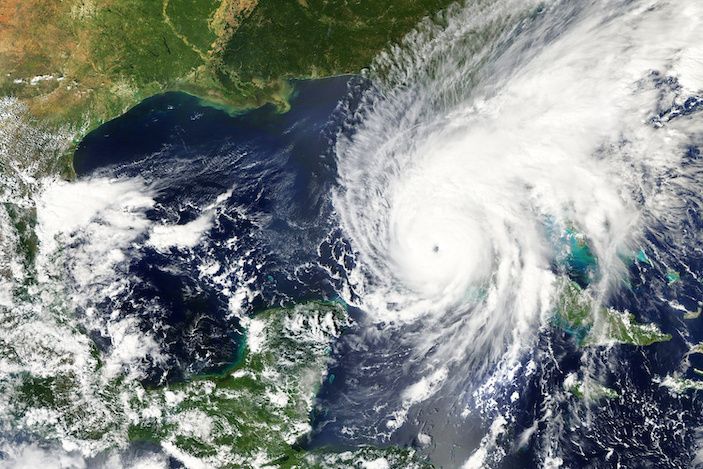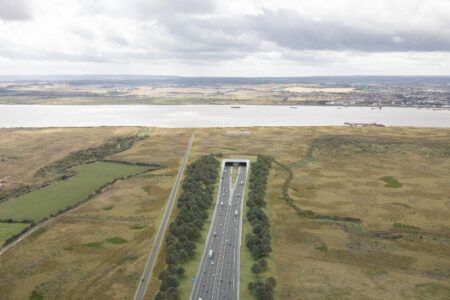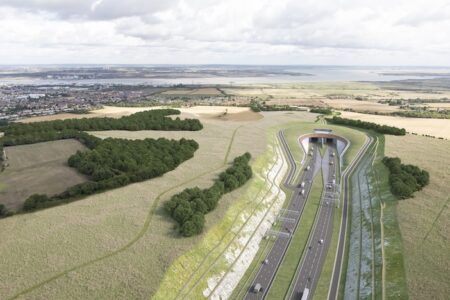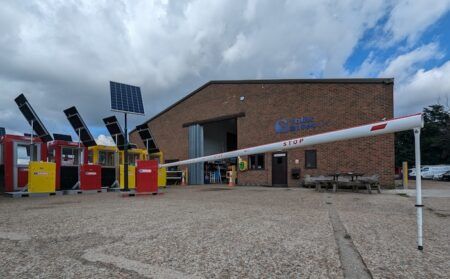Yunex Traffic has announced that every one of its 48 RSU2X models deployed in the City of Tampa remained fully functional and able to generate real-time travel data during and after Hurricane Ian. Hurricane Ian was a large and destructive Category 4 Atlantic hurricane that hit western Cuba and the southeast of the USA in September 2022.
Using this data, the Tampa Hillsborough Expressway Authority (THEA) can now develop better evacuation plans that will increase safety for road users and residents during future events of this nature.
Hurricane Ian came ashore as a category 4 storm near Fort Myers, Florida and delivered heavy winds in excess of 60 miles per hour to the Tampa region as the storm progressed across the state. At its height, the storm left more than 500,000 Tampa area residents without electrical service.
Yunex Traffic had deployed 48 RSU2X in Tampa’s central business district and along THEA’s reversible express lanes. They are an essential element of a USDOT-funded connected vehicle pilot operated by THEA to advance the technology of connected vehicles and infrastructure.
All Yunex Traffic RSU2Xs are housed in fully weather resistant, resilient cases. A full check of the devices after the storm showed that amid the stress and wires down throughout the area, the Yunex Traffic RSU2Xs were still in working order.
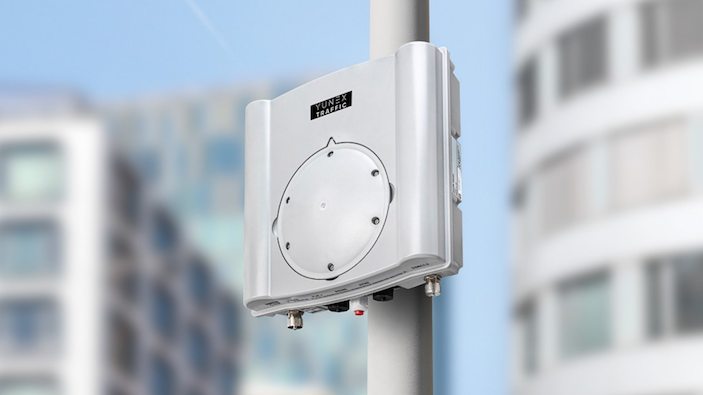
“Yunex Traffic is committed to public safety, and we recognize most of the United States is susceptible to natural disasters and dangerous weather conditions,” says David Miller, senior solution engineer, Yunex Traffic USA. “That’s why we need resilient and reliable devices that we can rely on.”
More impressive than reliability alone is the data on drivers’ evacuation routes and their travel times that the RSU2X’s generated in real time during the storm. This invaluable data makes planning for future events more seamless and accurate and travel more reliable, safe, and accurate.
“With the rise in the number of major storms and the increase in their intensity over recent years, having reliable and resilient roadside units is crucial,” says Miller. “This is why making sure our RSU2X will not only survive but will continue to operate when they’re needed most, was a core design pillar when we created them.”

The RSU2X is the only roadside unit (RSU) that utilizes the automakers’ security certificates and is tested to be compatible with the major car manufacturers’ 2023 model on board units (OBUs). The RSU2Xs also offer much greater computing power than previous models and feature bi-directional communication enabling the transmission of crucial information including speed limits and warnings, and the reception of onboard messages in real time.
As connected vehicles continue to become more prevalent and sophisticated, RSUs will play an increasing role in keeping drivers, transit riders and emergency responders safe by using the data collected from RSUs to better plan evacuation routes and response. As more safety applications are developed, RSUs will become an integral part in not only incident management, but also overall traffic management.
“We are saddened that it took a devastating hurricane to prove not only the function and resilience of the RSU2X, but also the value of the data generated, that can be used to prepare for incidents and increase road safety,” says Miller. “But now we’re even more confident they’ll live up to their life-saving potential when the next storm comes.”
Main image: Adobe Stock


